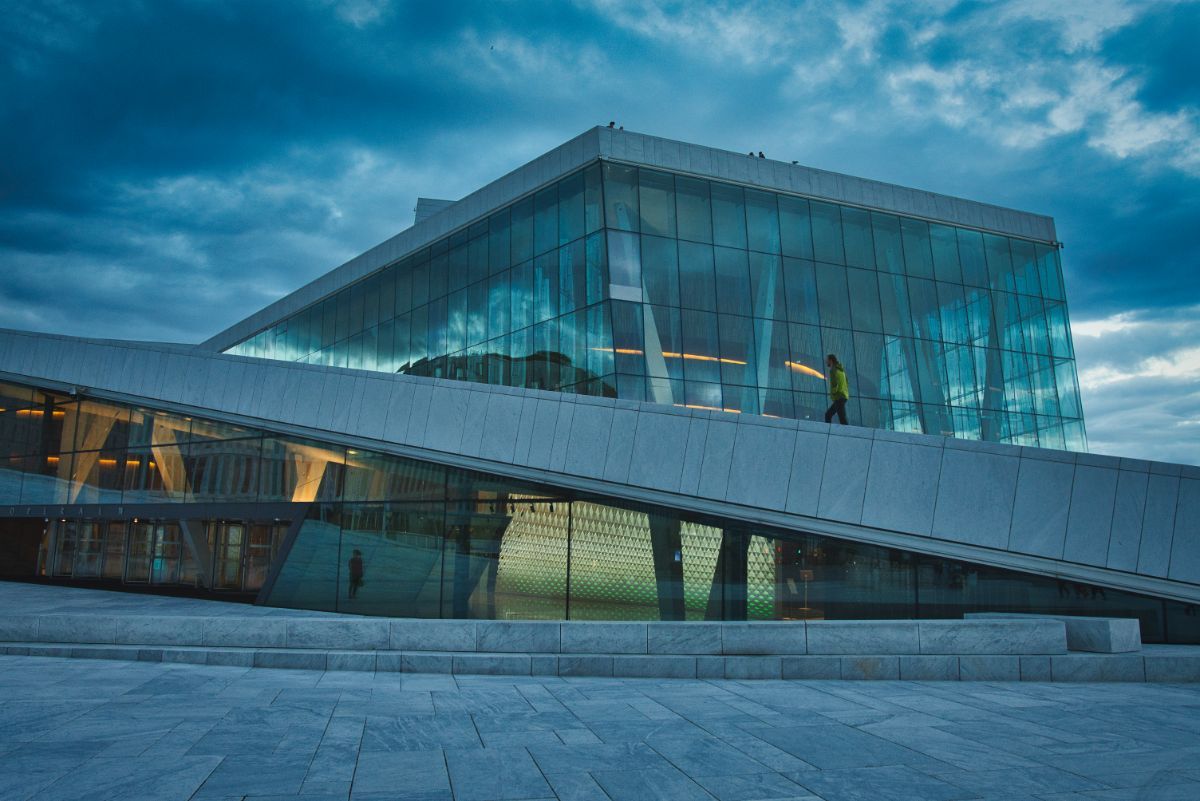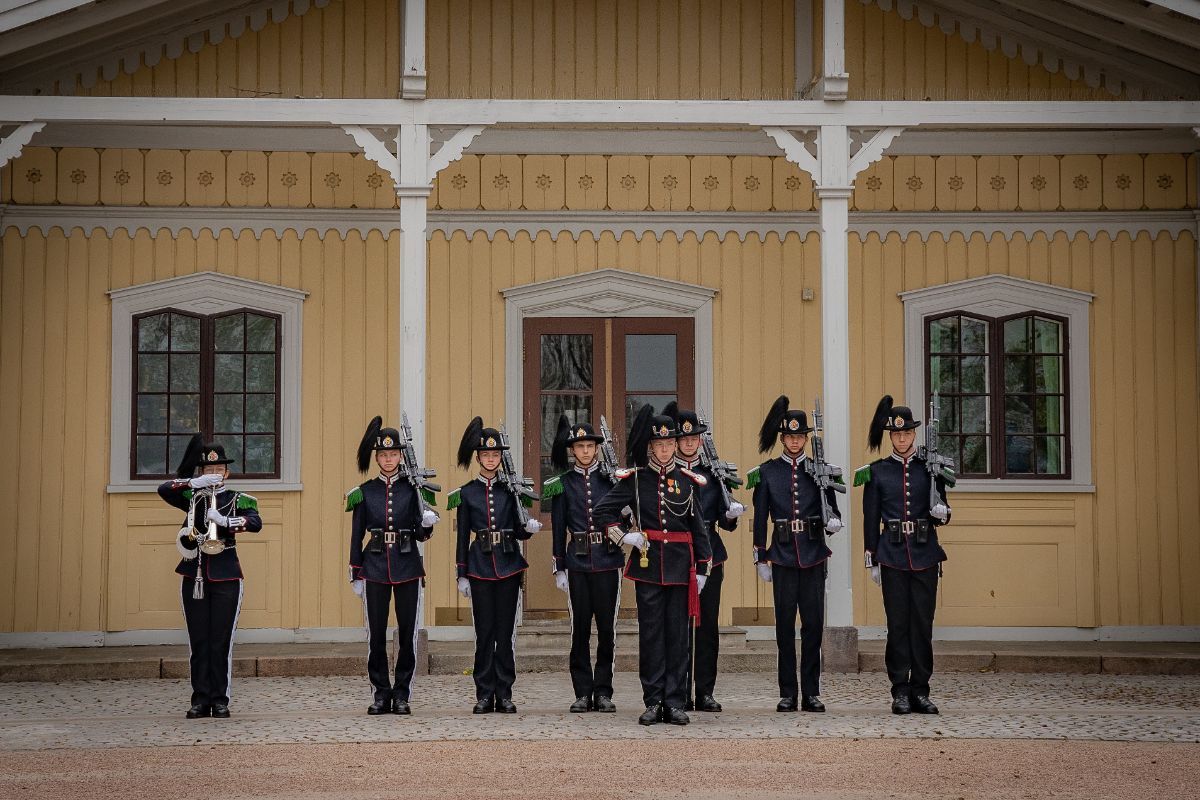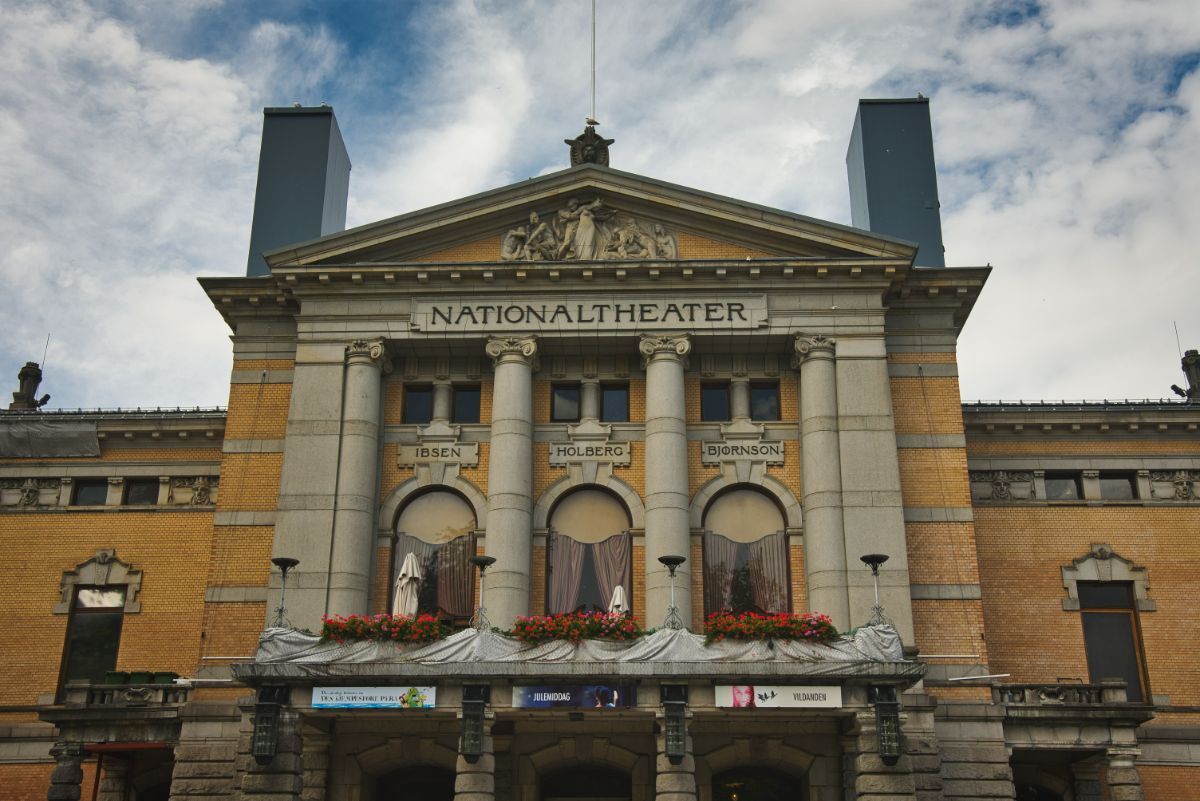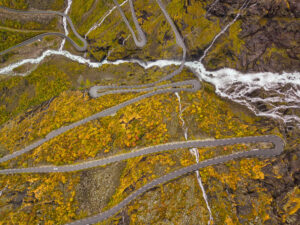
An Honest Guide to Winter Hiking in Lofoten
While guiding winter trips to Ryten, we’ve seen it all: frozen toes, soaked jeans, people sliding down on their backsides, and others trying to find their way in the dark with a phone flashlight. It’s funny until it isn’t.
Winter hiking in Lofoten is tough, unpredictable, and sometimes flat-out dangerous. This isn’t meant to scare you — it’s meant to













































